The Best Surfer in the Water is the one having the most fun. Ever heard that one before? How you measure success is largely personal, but the inclusion of happiness stands at the core of most definitions, doesn’t it?
High performance” has long been the gold standard of success in Australian workplaces. It’s what we hire for, train for, and reward. But lately, it’s become clear that there’s a quiet trade-off behind those numbers, metrics, and milestones. Because when performance is pursued without pause — when productivity becomes identity — it comes at a human cost.

Every team has that one person — the steady one. The calm voice in the storm. The leader, manager, or colleague who quietly keeps things running, who notices the details others miss, who holds space when everyone else is overwhelmed.

Resilience” has become one of the most overused words in the modern workplace.
We hear it everywhere — in leadership programs, HR strategies, even job ads. But what if the way we talk about resilience is quietly contributing to the very burnout we’re trying to prevent?

Every organisation talks about managing change. Few talk about feeling it. Behind every restructure, new system, or strategic shift are real humans — with uncertainty, hope, and often quiet fear. For leaders, guiding people through change isn’t just a communication exercise. It’s an emotional one

Every organisation talks about managing change. Few talk about feeling it. Behind every restructure, new system, or strategic shift are real humans — with uncertainty, hope, and often quiet fear. For leaders, guiding people through change isn’t just a communication exercise. It’s an emotional one.


